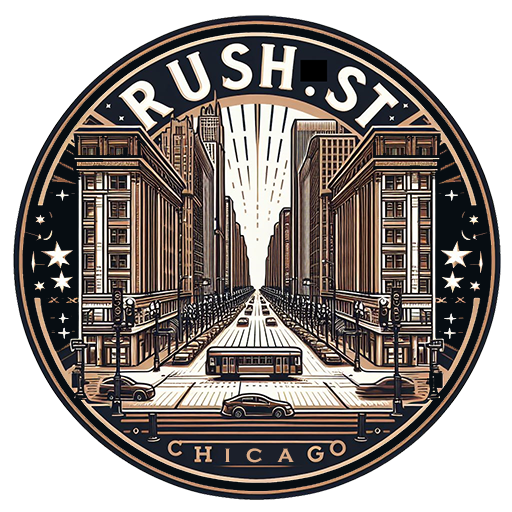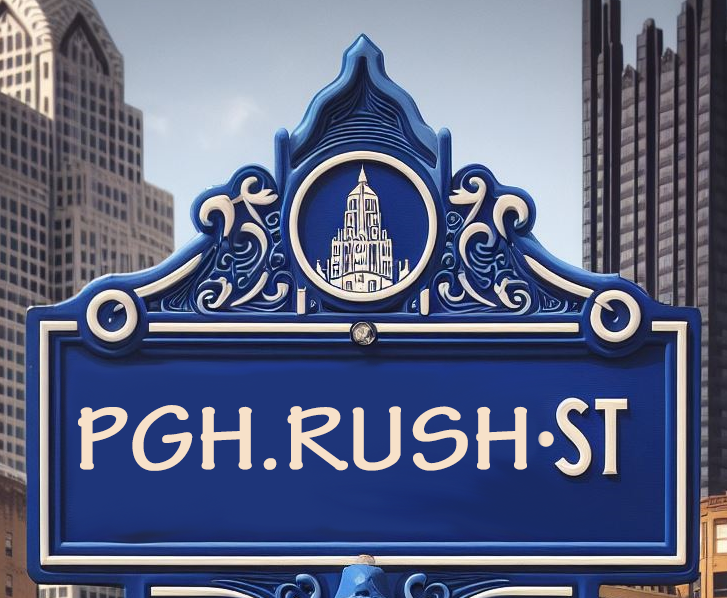
Rush Street
Exploring the Rich History of Rush Street in Chicago
Introduction
Rush Street, a name that resonates with the vibrant history of Chicago, has witnessed significant transformations since the city’s original incorporation in the 1830s. Named after Benjamin Rush, one of the signatories of the United States Declaration of Independence, this iconic street has played a crucial role in shaping the cultural, commercial, and entertainment landscape of the city.
Early Years and Commerce
Tracing its roots back to the Native American and fur trading trails to Green Bay, Wisconsin, Rush Street was initially part of “Green Bay Road” until 1867. The Rush Street Bridge, spanning the main branch of the Chicago River, served as a commercial port from the mid-19th century until the 1920s. In 1920, the Michigan Avenue Bridge replaced it as the primary river crossing for the neighborhood.
Residential Significance
Rush Street boasts historical residences, including the house of Chicago’s first Mayor, reflecting its importance in the early development of the city. Over the years, this area has evolved from a trading trail to a hub of commerce and residence, contributing to Chicago’s growth.
The Rise of Nightlife
In the 1960s and 1970s, the northern end of Rush Street became synonymous with vibrant nightlife, attracting renowned performers like Tony Bennett, Frank Sinatra, Barry Manilow, and Bette Midler. However, by the 1980s, many of these establishments closed, and the street transitioned into a luxury shopping destination.
Modern Transformations
Today, the southern end of Rush Street stands as a testament to opulence, hosting prestigious hotels, upscale restaurants, and luxurious spas. It caters to the affluent residents and visitors of the Near North Side community, showcasing a fusion of modern luxury and historical charm.
Future Prospects
Looking ahead, Rush Street holds the promise of further development. Predictions suggest a continuation of high-end residential and commercial projects, emphasizing the street’s legacy while adapting to contemporary demands. Future developments may also include cultural and historical attractions, preserving and celebrating Rush Street’s rich heritage.
Conclusion
Rush Street’s journey from a trading trail to a commercial port and, eventually, a nightlife hub reflects the dynamic evolution of Chicago itself. Its history intertwines with the city’s narrative, embodying the spirit of progress and reinvention. As Rush Street continues to shape the cultural and architectural landscape of Chicago, it remains an integral part of the city’s identity—a living testament to its past and a canvas for its future.
“Freedom can exist only in the society of knowledge.”
Updates
No posts were found.
